Do you have a question about the Samsung SGH-U300 and is the answer not in the manual?
Do not use phone while driving or at refuelling points.
Switch off phone in aircraft and near medical equipment.
Understand interference issues and review copyright information.
Be aware of regulations, keep phone dry, and use it sensibly.
Know emergency call procedures and keep phone away from children.
Use approved accessories and rely on qualified service personnel.
Use camera for photos/videos, sync music, and play music files.
Open documents, send SOS alerts for emergencies.
Call log, phonebook, music player, browser, and camera functions.
Customize phone settings, security, network, and display options.
Guide to entering text, numbers, and special characters using various modes.
How to switch between T9, ABC, Number, and Symbol text modes.
Detailed steps for initiating and receiving phone calls.
Instructions for resetting the phone using the reset button.
Setting phone lock, password, privacy, PIN, and SIM lock.
Fixed dialling, PIN2 changes, and mobile tracker.
EU requirements for radio wave exposure and SAR limits.
Explains SAR tests, power levels, and factors affecting SAR.
Guidelines for safe battery usage, charging, and temperature.
Safe battery disposal and prioritizing driving.
Following regulations, handling accessories, and vehicle safety.
Avoiding interference with pacemakers and other electronic equipment.
Consult manufacturers for interference with hearing aids and medical devices.
RF signals in vehicles and notices in posted facilities.
Phone use in explosive areas and making emergency calls.
Deactivating features like Call Barring for emergency calls.
Safe servicing, installation, and awareness of airbags.
Avoiding hazards like wet hands, dust, extreme temperatures, and drops.
Proper cleaning, avoiding overheating, and using qualified service.
Do not use phone while driving or at refuelling points.
Switch off phone in aircraft and near medical equipment.
Understand interference issues and review copyright information.
Be aware of regulations, keep phone dry, and use it sensibly.
Know emergency call procedures and keep phone away from children.
Use approved accessories and rely on qualified service personnel.
Use camera for photos/videos, sync music, and play music files.
Open documents, send SOS alerts for emergencies.
Call log, phonebook, music player, browser, and camera functions.
Customize phone settings, security, network, and display options.
Guide to entering text, numbers, and special characters using various modes.
How to switch between T9, ABC, Number, and Symbol text modes.
Detailed steps for initiating and receiving phone calls.
Instructions for resetting the phone using the reset button.
Setting phone lock, password, privacy, PIN, and SIM lock.
Fixed dialling, PIN2 changes, and mobile tracker.
EU requirements for radio wave exposure and SAR limits.
Explains SAR tests, power levels, and factors affecting SAR.
Guidelines for safe battery usage, charging, and temperature.
Safe battery disposal and prioritizing driving.
Following regulations, handling accessories, and vehicle safety.
Avoiding interference with pacemakers and other electronic equipment.
Consult manufacturers for interference with hearing aids and medical devices.
RF signals in vehicles and notices in posted facilities.
Phone use in explosive areas and making emergency calls.
Deactivating features like Call Barring for emergency calls.
Safe servicing, installation, and awareness of airbags.
Avoiding hazards like wet hands, dust, extreme temperatures, and drops.
Proper cleaning, avoiding overheating, and using qualified service.
| Network Technology | GSM |
|---|---|
| 2G bands | GSM 900 / 1800 / 1900 |
| GPRS | Class 10 |
| EDGE | Class 10 |
| Announced | 2007, February |
| Status | Discontinued |
| SIM | Mini-SIM |
| Type | TFT, 256K colors |
| Memory Card slot | No |
| Phonebook | 1000 entries, Photocall |
| Secondary Camera | No |
| Alert types | Vibration; Downloadable polyphonic, MP3 ringtones |
| Loudspeaker | Yes |
| 3.5mm jack | No |
| WLAN | No |
| Bluetooth | 2.0, A2DP |
| GPS | No |
| Radio | No |
| Messaging | SMS, MMS, Email |
| Browser | WAP 2.0/xHTML |
| Games | Yes + Downloadable |
| Java | Yes, MIDP 2.0 |
| Talk time | Up to 3 h |
| Size | 2.2 inches |
| Resolution | 240 x 320 pixels |
| Call records | 30 dialed, received, missed calls |
| Primary Camera | 3.15 MP |
| USB | USB 2.0 |
| Battery | Li-Ion 800 mAh |
| Colors | Black, Pink |
| Operating System | Proprietary |

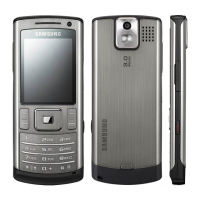
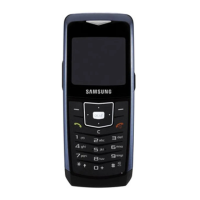
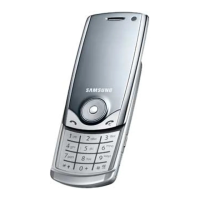
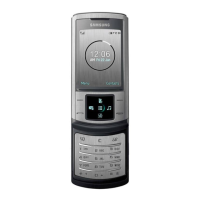


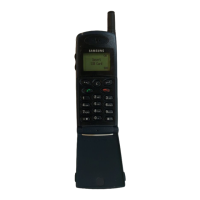
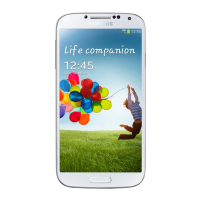



